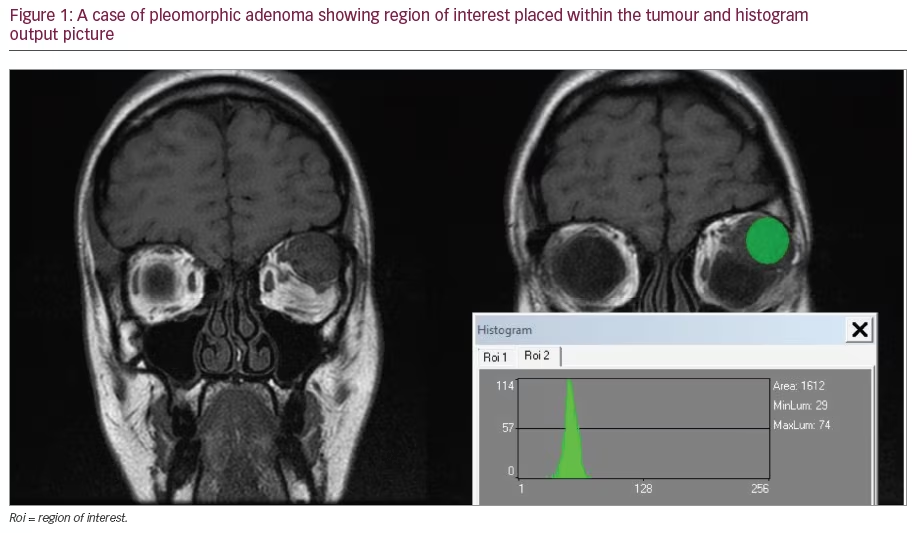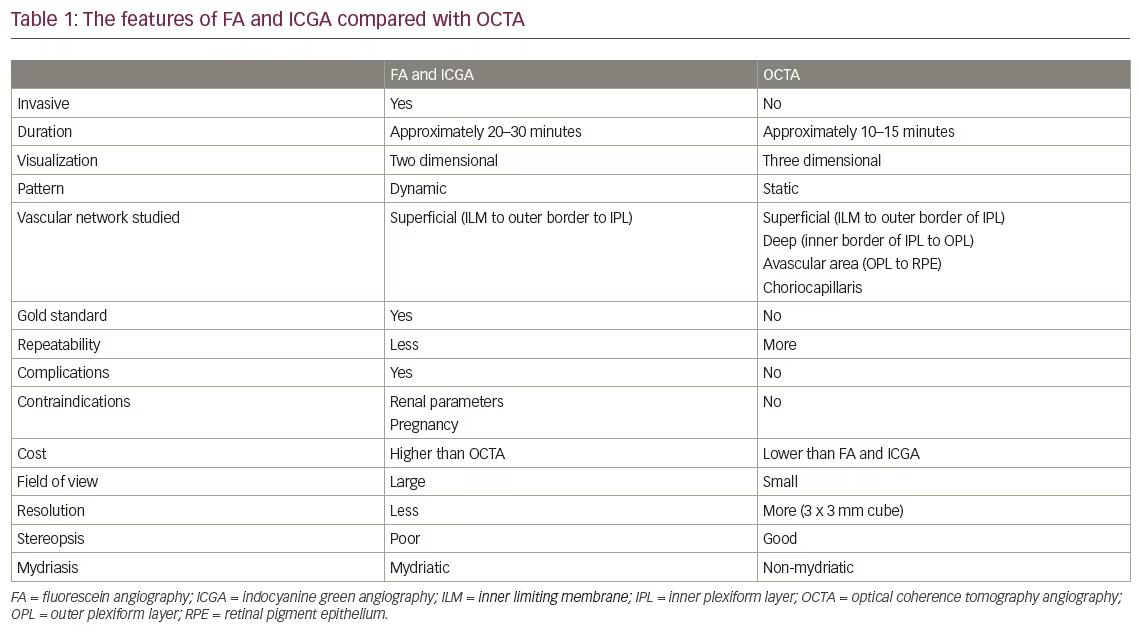Digital fundus photography can be used for the documentation of retinal findings, for the screening and diagnostics of ocular and various systemic diseases or for follow-up after treatment. It is probably one of the means by which primary healthcare providers and ophthalmologists will improve their co-operation in the forthcoming years. There is consequently a growing need for compact, easily transportable digital fundus cameras with high imaging quality that are easy to use.
Digital fundus photography can be used for the documentation of retinal findings, for the screening and diagnostics of ocular and various systemic diseases or for follow-up after treatment. It is probably one of the means by which primary healthcare providers and ophthalmologists will improve their co-operation in the forthcoming years. There is consequently a growing need for compact, easily transportable digital fundus cameras with high imaging quality that are easy to use.
Primary healthcare centres will share a fundus camera with other healthcare units or outsource the services to private sector providers. The cameras should therefore be compact, durable and easy to transport and install. The data interface should be not only easy to use but also able to be connected to the patient data system and to the consultation software.
The camera units used in photographic laboratories of eye clinics with high-resolution, wide-field optics, various angiographic options and heavy camera bodies will therefore not be the best option. Even in the outpatient units of eye clinics, where the main focus of imaging is routine screening or documentation, a compact retinal camera could be a good choice. In the Canon retinal camera family this will mean a decision between the CF-60DSI and a more compact or portable camera, the CF-1.
The CF-1 connected to a laptop forms a compact retinal camera unit. The total weight of the camera, including the power unit, is 26kg. The camera has four photographic modes: colour, red-free, cobalt and fluorescein angiographic imaging. The optics work with 50º of angle of view. A digital magnification of x2 and refraction corrections are built in. Operator controls for mode and lamp and flash intensity settings are located on the camera. The alignment and focusing are performed via a single-piece ocular. Working distance light dots and split focusing lines help the operators. Those who are using their own filters for specific applications, such as nerve fibre layer photography, would possibly appreciate a built-inslot for extra filters.
The retinal imaging control software is logical and easy to use. During the relatively short test period we did not connect the software to our own patient databases. Based on experiences with other Canon cameras and the DICOM-compliant interface, this should not be a problem.
One of the positive characteristics of the Canon retinal cameras is the use of EOS Series camera bodies for image capturing. EOS bodies are widely used in many other photographic applications and thus are progressively being developed even further. Upgrading the CF-1 in the future should be easy if higher-resolution or more sensitive capturing devices become available. The CF-1 we tested had an EOS 40D camera body giving 10.1 megapixel resolution; its successor 50D has as high as 15.1 megapixel resolution.
The high sensitivity of the complementary metal oxide semiconductor (CMOS) sensor makes the capturing of retinal images very patient-friendly. The data can be compressed easily. If highresolutioncharacteristics or very detailed information images are needed, the images can be saved as RAW format from the camera body; however, in most applications JPEG compressed images are sufficient and save database and network capacities.
In our outpatient photographic unit the experiences with the CF-1 camera were positive. After a short learning curve, the technician captured high-quality images. Some extra practice was needed by those who did not have experience with single-eyepiece alignment and focusing. We received very positive comments from patients, who appreciated the low amount of glare when capturing their retinal images.
Conclusion
The CF-1 is very compact and easy to transport and operate. Image quality is excellent and the low flash intensity was much appreciated by the patients. It can be easily upgraded to newer EOSgenerations with higher resolution. The DICOM compliance makes database connections very simple.







